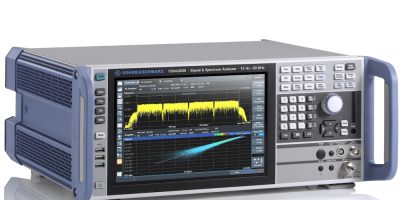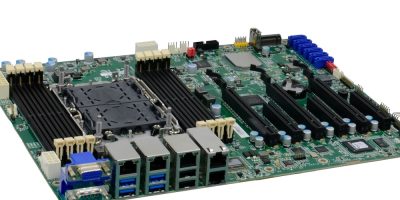At European Microwave Week later this month, dSpace will unveil its DARTS HBC-7066V radar converter for validating in-cabin monitoring systems.
Automated driving from SAE level 3 upwards mandates that the driver and passengers must be permanently monitored to ensure that the driver can take the steering wheel at any time and that passengers remain in their seats. For monitoring the interior space, radar systems operating at 60GHz are the first choice, said dSpace.
The company has extended its range of radar target simulation with the DARTS HBC-7066V in order to test the radar sensors used for such tasks. The introduction of the converter makes it possible to operate any dSPace Automotive Radar Test System (DARTS) in the 60GHz V band. This also applies to DARTS in the field.
The convenient over the air (OTA) test method of the DARTS product family enables engineers to validate the entire sensor transmission channel. The small size of the converters makes them suitable for in-vehicle use, added the company.
Used in combination with various other DARTS devices, special test requirements such as distances of less than one meter, or processing bandwidths of up to 5GHz, are supported.
dSpace Automotive Radar Test Systems (DARTS) are suitable for a wide range of applications in the development process of radar sensors and vehicles equipped with these sensors. Typical applications can be found in chip design, controller testing, vehicle testing, end of line testing and vehicle homologation.
Visitors to the dSpace stand (B28) at European Microwave Week, in Milan, Italy, 25 to 30 September, will be able to see the 60GHz radar converter in a product demo.
dSpace provides simulation and validation products for developing connected, autonomous and electrically powered vehicles. The company’s range is used by automotive manufacturers and their suppliers to test the software and hardware components in new vehicles long before a new model is allowed on the road.
Engineers also rely on dSpace for aerospace and industrial automation. Its portfolio ranges from end-to-end solutions for simulation and validation to engineering and consulting services as well as training and support.
The company is headquartered in Paderborn, Germany, and has three project centres in Germany, and serves customers through regional dSpace companies in the USA, the UK, France, Japan, China, Croatia, and South Korea.







